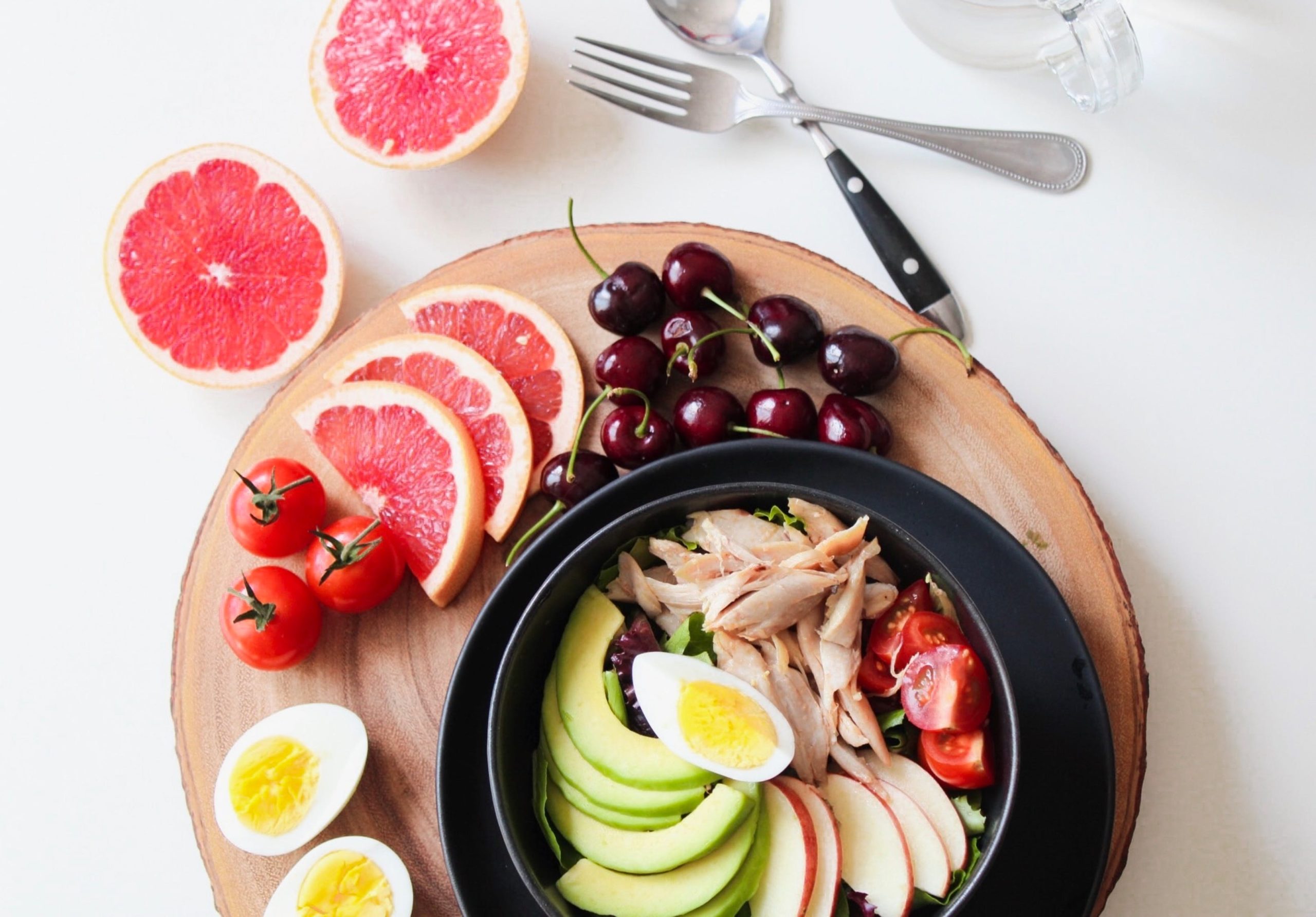In drilling deep into breast cancer prevention for women, I find recommendations based on several factors. In aiding prevention for women before mid-life, prevention for postmenopausal women, and what suggestions help postmenopausal women who have had breast cancer, there exists some common approaches which are very encouraging.
Exercise Reduces Breast Cancer Risk
Regular, focused exercise across the lifespan wins the day as the number one risk reducer for breast cancer. I know this seems like I never get off this one subject, but think of how many positive benefits we get from regular exercise, not the least exciting result is a trimmer figure and higher metabolism–allowing for the occasional pizza splurge, since isn’t the holy grail about having pizza? For me it is, but, I digress.
Cruciferous Vegetables Help Cancer Prevention
On the subject of diet, the latest research reveals some strong pros and cons for what we put on our plates. Several very large studies from both the US at the National Cancer Institute and The Oregon Health and Science University, and in China through The Shanghai Breast Cancer Study (SBCS), and including research from Vanderbilt University, indicate making friends with vegetables is a great idea, especially a family of veggies call cruciferous vegetables. Don’t ask me to pronounce it, but I know them when I see the on the produce aisle:
- Arugula
- Bok Choy
- Broccoli
- Cabbage
- Cauliflower
- Collard greens
- Horseradish
- Kale
- Radishes
- Rutabaga
- Turnips
- Watercress
- Wasabi
This wide variety of vegetables can lower our risk of breast cancer (50%) and pancreatic cancer (38%), and a man’s risk of prostate cancer (46%) or pancreatic cancer (35%).
One serving a day for postmenopausal women without a history of breast cancer gave them a 50% advantage over non-cruciferous eaters.
That’s some heavy leafy armor. More studies are going on as I write, and I am hopeful these finding are further supported by these study results. If the vegetables were rated for firepower, the Bazooka Award would go to the simple cabbage and humble turnip, both vegetables readily available in many, many parts of the world and still pretty much ignored by Top Chefs.
Protein as Part of a Breast Cancer Prevention Diet
To give us a little protein, eat fish, but stick to low mercury fish. A list of these low-mercury swimmers is regularly updated on Natural Resources Defense Council, the top contenders by potency: mackerel, salmon, cod liver oil, herring and oysters.
Red meat does not make the list, and on the big no-no list is charred (grilled) red meat. It seems that crusty, (slightly) burned areas are very carcinogenic (poisonous) for us humans and turn the breast cancer risk-meter way up.
Cancer Prevention and the Glycemic Index
Cutting out food which appears high on the glycemic index, something, along with insulin resistance, I discussed in my blog post Move it and Improve It, can trim our risk.
The science dovetails nicely with what we know makes up a healthy diet, providing many crossover benefits which raises our resistance to breast cancer, while making our hair shinier, our skin clearer, lowering inflammation throughout our bodies, and helping us sleep better, and last, but such a bell-ringing winner, feeding our brains to improve our cognitive functions. Give those veggies a gold medal! (Cue national anthem ;-).
Until next time…Be Vibrant!
Living Vibrantly
Like what you see? Subscribe to receive exclusive tips to start living Vibrantly!


